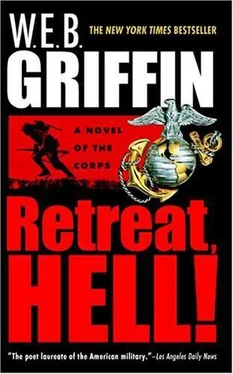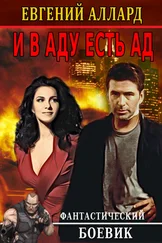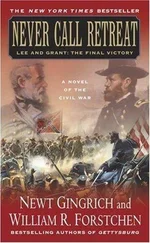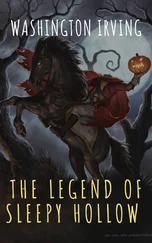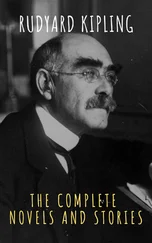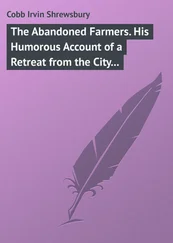The jeep and the flag it had been flying . . .
Jesus Christ, did I really see an American flag?
. . . were no longer in sight in the ground fog, but the rear of the weapons carrier was visible.
There were men holding rifles standing at the back of it, in what looked like U.S. Army uniforms—but he couldn't be sure—
Jesus, they're gooks! What that is, is a captured weapons carrier, with gooks driving it.
And they're right at the paddy when I stomped the signal in the mud!
Jesus Christ, they're looking for me!
How the hell did they know I was here?
Well, if I have trouble seeing them with binoculars, they can't see me, and that s a hell of a distance away.
In what direction did I point the arrow?
South, I pointed it south! I'm north. Maybe they won't even look this way.
And maybe they will.
He took the binoculars from his eyes again and did the eye exercises, and then put the eyepieces back to his eyes.
Another man was now standing at the back of the weapons carrier, a rifle slung from his shoulder. He was at least a foot taller than the others.
Jesus, that's a big gook!
Gook, shit, that's a white man!
Look again. Don't do anything stupid!
He exercised his eyes without removing the binoculars from his face.
When he focused them again there was one more man at the back of the weapons carrier, not quite as tall as the first one but conspicuously larger than the Orientals.
And white. That's a white man.
Those are U.S. Army soldiers.
Or maybe Russians? The Russians would love to grab a downed aviator. And if they are Russians, that would explain the jeep and the weapons carrier.
Shit, those are Americans! I can tell, somehow, by the way they stand.
So what do I do now?
Signal them, obviously. There's no way I can get down this fucking hill in less than thirty minutes. It took me nearly an hour to climb up here.
I could fire the . 45.
If they could hear it, which I don't think very likely, they won't be able to tell from which direction the sound came.
If I fire three shots — supposed to be the distress signal — that'll leave me two rounds. And if they can't hear the three shots, they won't be able to recognize the distress signal, and I'm down to two shots.
The signaling mirror!
Where the hell is that?
Jesus, I didn't toss it, lose it, did I?
A frantic search of the bag on the A-Frame turned up the signaling mirror. It was an oblong of polished metal, maybe three by four inches. There was an X-shaped cut in the center of it, presumably to be used as some sort of aiming device—he had never figured out how that worked—to reflect the rays of the sun, and the dots and dashes of the international Morse code were embossed on one side. He had never figured out how you were supposed to be able to send Morse code with the mirror, either.
But the basic idea of the mirror, reflecting the rays of the sun to attract someone's attention, seemed simple enough, and he tried to do that. He was quickly able to focus the reflected light on boulders farther down the hill, and, encouraged by that, tried to direct the light all the way down the hill into the valley, to the rear of the weapons carrier.
He couldn't see the light flashing anywhere in the valley.
He put the binoculars to his eyes again with his left hand and tried to aim the mirror with his right.
He couldn't see a flash of light that way either.
But he saw the two tall guys, the two Americans, vanish from sight, and then the gooks with them . . .
Who the hell are they?
. . . crawled into the bed of the weapons carrier.
And then the weapons carrier backed off the ox path into the edge of the rice paddy. The jeep reappeared . . .
That is an American flag, goddamn it!
. . and headed the other way down the ox path. The weapons carrier followed it.
In a moment, they were out of sight.
Jesus H. Fucking Christ!
Major Pickering, close to tears, in a frustrated rage, threw the signaling mirror down the hill.
He lay on his back between the rocks for a full minute, and then heaved himself erect.
Then he went down the hill and started looking for the mirror.
[TWO]
The jeep—its bumper markings identified it as belonging to Headquarters and Headquarters Company, 7th Infantry Division—had a pedestal-mounted .30-caliber Browning air-cooled machine gun, and the backseat had been replaced with a rack of radios.
There were three men in it, two Americans and a South Korean. One of the Americans was Major Kenneth R. McCoy, USMCR, a lithely muscular, even-featured, fair-skinned thirty-year-old. He was driving. The other American was Master Gunner Ernest W. Zimmerman, USMC—a stocky, round faced, tightly muscled, short, barrel-chested thirty-five-year-old. Zimmerman rode with his right foot resting on the fender extension, the butt of a Thompson .45-ACP-caliber submachine gun resting on his muscular upper leg.
The Korean was a South Korean National Police Sergeant named Kim. He had no place to sit, and had jury-rigged, from web pistol belts, a sort of a harness, and rode standing—or half sitting—in a position to train and fire the machine gun. The rig looked both uncomfortable and precarious, but Sergeant Kim had neither complained nor lost his footing.
Following the jeep was a Dodge three-quarter-ton truck, called a "weapons carrier," that also bore bumper markings identifying it as belonging to the 7th Infantry Division, specifically to the 7th Military Police Company.
It was being driven by another National Police Sergeant, also named Kim. Technical Sergeant Richard C. Jennings, USMC—a long and lanky twenty-six-year-old—rode beside him with an M-l Garand rifle in his lap. Three sergeants— one Marine and two National Police—rode on the wood-slat seats in the truck bed. Sergeant Alvin C. Cole, USMC, was armed with a Browning automatic rifle (BAR), and there was a .30-caliber air-cooled Browning on a bipod mount on the floor of the truck. The Koreans were armed with M-2 (fully automatic) carbines. Everybody was wearing U.S. Army fatigues without insignia of any kind.
Major McCoy didn't say a word for the next ten minutes, until the ox path came onto a dirt road. He stopped the jeep and took a map from under the cushion.
"Well, at least we know the bastard's still alive," he said. "Your guess is he stamped that out twenty-four hours ago?"
"No more than that. Just before they took the picture," Zimmerman said.
"Well, if he hung around, he would have seen us," McCoy said. "I have no idea where to look for him."
"What do you want to do, Killer?" Zimmerman asked.
Marine master gunners do not ordinarily address Marine majors by anything but their rank—or, of course, as "sir"—but Major McCoy did not seem to either notice or take offense.
"Well, we can't hang around here, can we, Ernie?" McCoy said. And then he added, bitterly, "If at first you don't succeed, fuck it."
He put the jeep in gear and turned onto the dirt road, heading north.
[THREE]
Thirty-eight Miles South of Suwon, South Korea
1205 28 September 195O
The map showed the unnamed road—which ran north from Pyongtaek toward Suwon along the rail line, paralleling Korean National Route 1—as paved, and surprising both Major McCoy and Gunner Zimmerman, it had been. They had been on it for just over an hour.
Читать дальше
